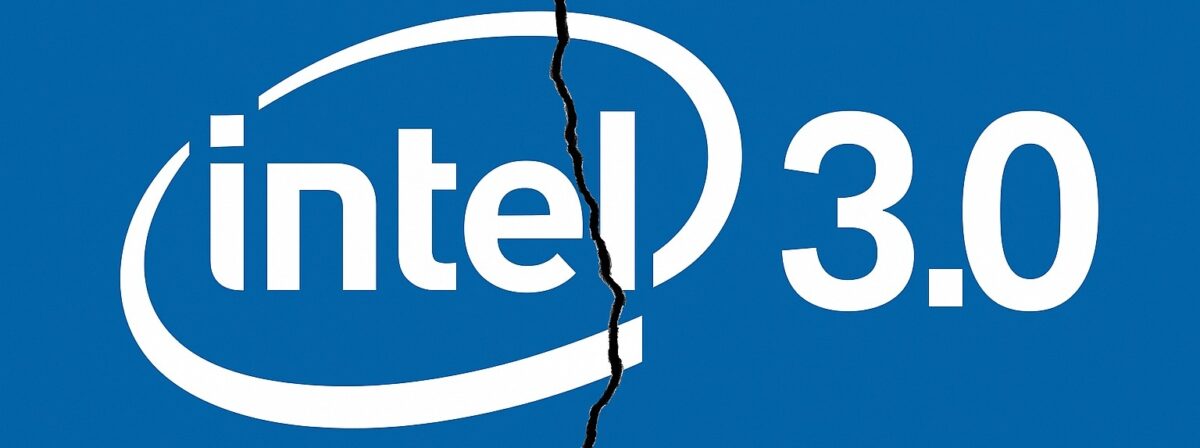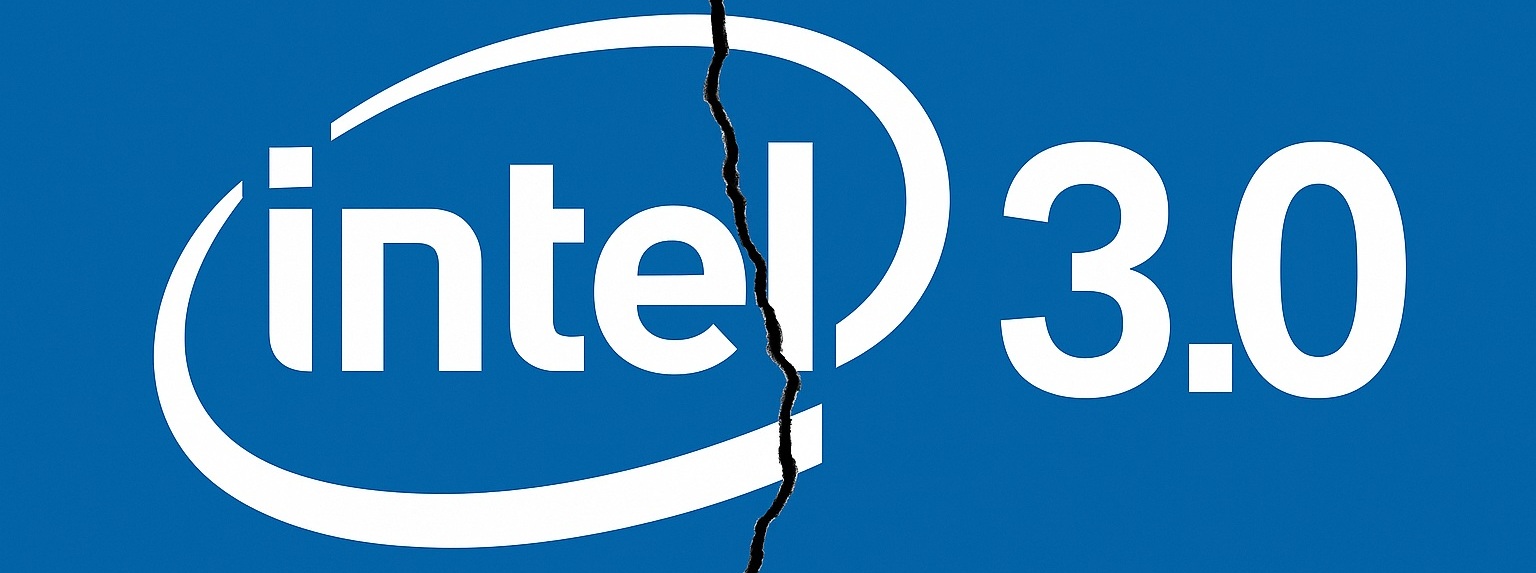
A recent commentary from four former Intel board members argue that Intel should be split into two separate companies with separate CEOs and separate board of directors. Charlene Barshefsky, Reed Hundt, James Plummer, and David Yoffie wrote that Intel shareholders should insist on a split which would create a new, independent, manufacturing entity (foundry) with its own CEO and board that would position Intel Foundry as an alternative to TSMC. This is what I call the NOT TSMC market which is companies who want 2nd and 3rd source manufacturing to keep competition alive and well in semiconductor manufacturing. This is a very good thing as we all know.
The semiconductor industry had a thriving NOT TSMC market down to 28nm. At 28nm customers could tape-out to TSMC then take the design files (GDSII) to SMIC, UMC, Chartered, or Samsung for competitive manufacturing. Qualcomm for example routinely used multiple foundries for a given design. At 14nm we switched to FinFETs and customers no longer had the ability to multisource manufacturing due to technical differences between FinFET processes, so chip designers had to choose one foundry for a given design. The other problem with FinFETs is that they are were very difficult to manufacture so we lost GlobalFoundries, UMC and SMIC as alternatives. Even more daunting, Samsung Foundry started having yield problems at 10nm which continue down to 3/2nm which uses the new GAA devices.
As a result TSMC has 90%+ market share at 3nm FinFET and will again dominate at 2nm which is GAA. Clearly this is well deserved as TSMC has executed in a fashion no other foundry, or semiconductor company for that matter, has ever before, absolutely.
The four people mentioned above did serve on the Intel board. Charlene Barshefsky served for 14 years (from 2004 to 2018) she is 75 years old. Reed Hundt served for 19 years (2001 to 2020) and is 77 years old. Jim Plumber served 12 years (2005 to 2017) and is 76 years old. David Yofie served for 28 years (November 1989 until May 2018), he is 71 years old. I certainly respect their service but they come from a different world than what we are dealing with today.
Now let me offer you my opinion on what Intel should do. This comes from a semiconductor professional working in the trenches for the past 40 years. I do not believe Intel should be split. Intel Design needs to be closely integrated with manufacturing. This collaborative recipe has succeeded in the past and can succeed in the future under Lip-Bu Tan.
You can use the AMD split as an example. The design side of AMD is wildly successful while the manufacturing side (GlobalFoundries) is stagnated. What saved AMD is the close relationship they have with TSMC (manufacturing). In fact, I would argue that the relationship between AMD and TSMC is even closer than Apple, TSMC’s top customer. The other close customer relationship TSMC has is with Nvidia, another big Intel competitor.
Unfortunately, Intel will not have this close of a relationship with TSMC anytime soon, even if they split the company. We can argue this in the comment section if you would like but let me tell you it will not happen. Those days have passed. Can Intel effectively compete with AMD and NVIDIA without having a super close relationship with manufacturing? No, they cannot.
The other thing you must know is that TSMC would not be in the dominant position they are in today without close customer collaboration. Intel Foundry needs Intel Design for that collaboration in addition to other customers that are willing to step up and vote for Intel Foundry to be successful.
The other question that needs to be considered: Can the United States stay competitive in the world without homegrown leading edge semiconductor manufacturing?
No, we cannot. We can argue this as well but let me tell you it will not happen and the security of our nation is at risk.
Should it be left up to the Intel Shareholders to decide? Of course it should. The current and former Intel board members got Intel to where they are today so I would definitely not leave it up to them.
Bottom line: I am not am not currently an Intel shareholder but I have been in the past. If I were a shareholder I would vote to keep Intel as a whole while lobbying the government and top US fabless semiconductor companies to invest in Intel and make sure the United Sates maintains our technology leadership and stays secure.
“POTUS and DoC can set the stage, the customers can make the necessary investments, the Intel Board can finally do something positive for the company, and we stop writing opinion pieces on the topic.” Crag Barrett, former CEO of Intel 8-10-2025.
Also Read:
Why I Think Intel 3.0 Will Succeed
Should the US Government Invest in Intel?
Share this post via:







Comments
10 Replies to “Should Intel be Split in Half?”
You must register or log in to view/post comments.